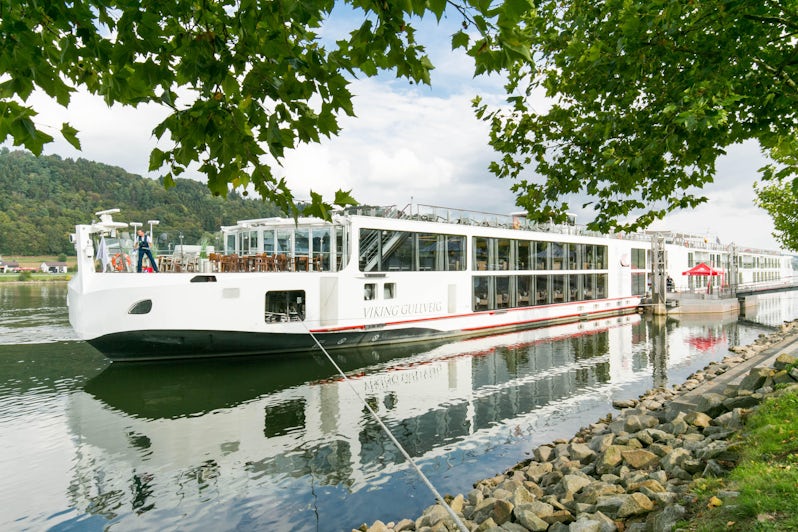
11 Things to Know About River vs. Ocean Cruises



What's the difference between river cruises vs. ocean cruises? Plenty. In some ways, river cruising is more similar to a land tour than today's ocean cruising experience -- and experienced tour companies run many river lines. You'll find there are better benefits, though, such as only having to pack and unpack once. Mega-ship staples like pools, multiple lounges, specialty restaurants, spas and endless activities are available on some riverboats, although on a very, very much smaller scale. And you won't find any sea days, although there are periods of scenic cruising. Best of all, most river cruises include shore tours -- and many other inclusions in their fares -- making it easier to budget.
To keep the culture shock at bay here’s a list of 11 things to know about river vs. ocean cruises.
On This Page
- River Ships are Smaller than Ocean Vessels
- River Cabins also Tend to be Smaller
- There are More Buffets and Fewer Restaurants
- Entertainment is Low Key on River Cruise Ships
- River Cruise Itineraries are Port-Intensive
- Shore Tours are More Limited and Culturally Focused
- There are Few "Sea" Days; Most River Cruise Sailing is Done at Night
- More Items are Included in the Fare
- You'll Wake up Early
- You'll Dock Right in Town
- Distances Between Ports are Shorter
1. River Ships are Smaller than Ocean Vessels

Ocean ships have passenger counts in the thousands, while riverboats carry 200 passengers or fewer (with the exception of the 2020 launched Victoria Cruises’ Victoria Sabrina, carrying 690 passengers on China’s vast Yangtze River). Some exclusive hotel barges catering for just eight passengers. On the plus side, you won't be elbowing strangers to get to the salad bar or the gangway, and the atmosphere is quite social so you quickly get to make new friends. As a minus, you can't hide in a crowd. The small size of the boat means there is likely just one lounge (maybe two), one main restaurant with a couple of smaller dining venues, and a teeny-tiny spa, gym or computer center -- if there is one at all.
2. River Cabins also Tend to be Smaller
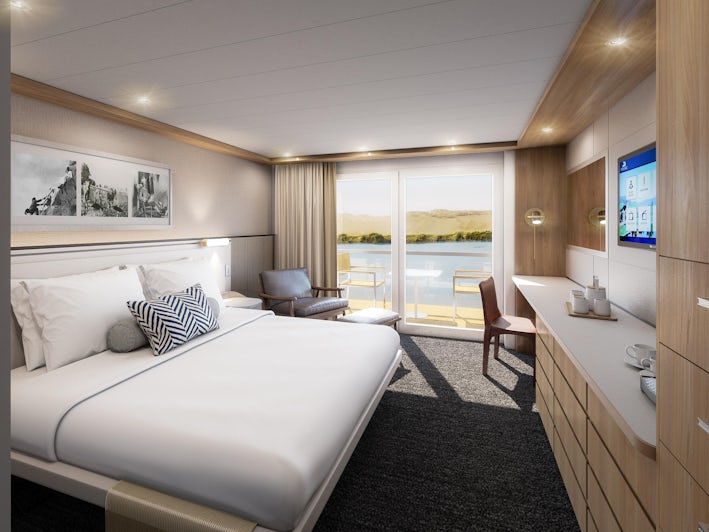
River ship staterooms are smaller than their ocean ship counterparts, but they're not short on home comforts. River ships eschew inside cabins and all accommodations face the water. Newer riverboats are getting very creative, adding balconies and cleverly designing cabins to make the most of the space allotted. Many have panoramic windows that slide down at the touch of a button to create the feeling of a balcony, even though you can't actually step outside. They're even adding suites, with luxury river cruise lines boasting staterooms of up to 860 square feet (although you'll be paying thousands of dollars for that extra personal space).
3. There are More Buffets and Fewer Restaurants
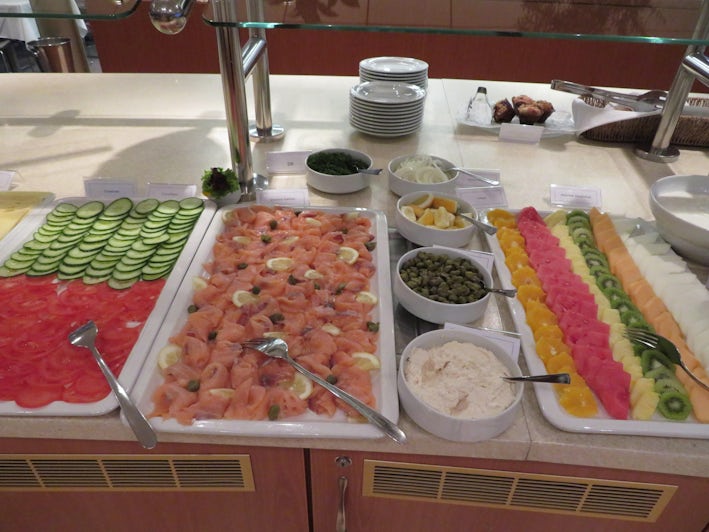
If you've been spoiled by mega-ships where you can eat dinner in a different venue every night during a weeklong cruise, you'll need an attitude adjustment to embrace riverboat dining. Most ships have one main restaurant, and breakfast and lunch are often buffet-only (or buffet mainly, with a few items to be ordered a la carte) with a served evening meal. Most river ships have intimate secondary venues -- some vessels up to four -- offering alternative menus and private dining. A handful of lines now provide room service, previously a rarity.
To make up for having only one big dining room, ships get creative, spreading casual breakfast and lunch offerings on the bar in the lounge or setting up BBQs out on deck. Plus, the small passenger count and daily port calls mean the venues are better able to bring in fresh ingredients like fish and produce or offer regional specialties at mealtime.
4. Entertainment is Low Key on River Cruise Ships
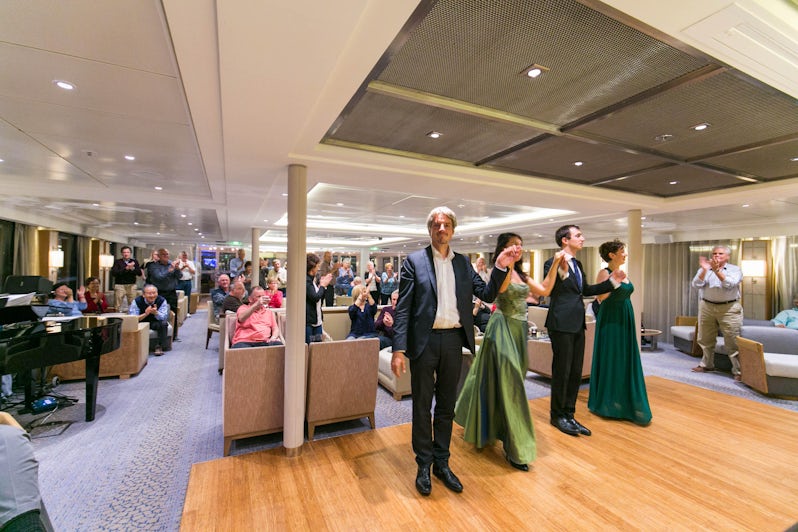
You'll find no splashy production shows on the river ... or guest comedians ... or karaoke. You will find a lone resident pianist or small ensemble on most ships, plus folk dancers, singers or other local troupes brought onboard for a quick evening show. During the day you can expect educational seminars and maybe the odd cooking demo, wine tasting or quiz. With river cruising the passing scenery and destinations visited are the main star of the show -- and after a busy day most passengers head for bed rather than stay up into the early hours.
5. River Cruise Itineraries are Port-Intensive
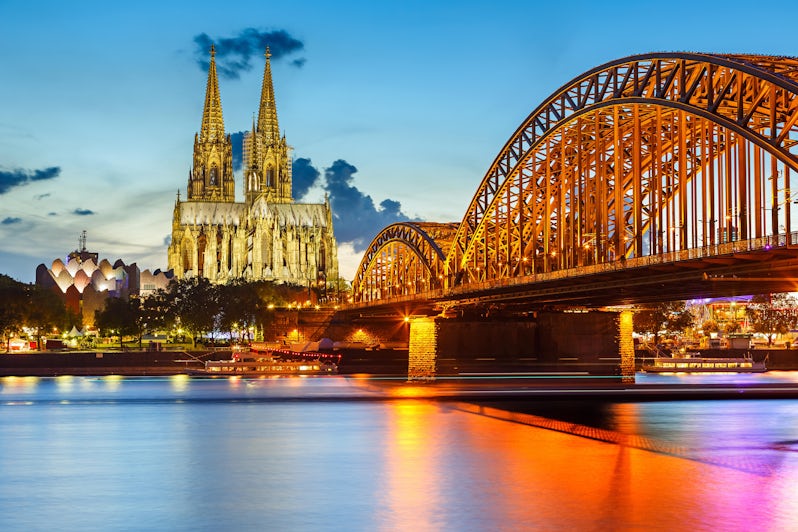
Unlike ocean cruises that have leisurely sea days, river cruises are port intensive, and you'll visit a new destination each day -- sometimes two in one day -- and up to four countries in a week. The ports, not the ships, are the key attractions, and you will certainly pack a lot of sightseeing into a week or two. This kind of travel can be exhilarating but also exhausting. Bring comfortable shoes, and don't be embarrassed to take a day off if you're getting overwhelmed. The tours might be included, but there's no obligation to go on all of them.
6. Shore Tours are More Limited and Culturally Focused

The hallmark of the river cruise shore excursion is the walking tour, the kind where you follow a guide with a lollipop sign or umbrella as she rattles off details of a quaint city's history and culture, followed by limited free time for shopping or a quick drink in a local cafe. Although you can't expect a whole booklet of different shore excursions like you'd find on the open ocean, things are changing rapidly. In addition to the traditional walking and motor coach tours to castles and other places of interest, river cruise lines have introduced options for active travelers, such as guided bicycle rides, hikes, golf, kayaking and even running tours, along with activities including cooking and art classes, music recitals and trips to the ballet or opera.
7. There are Few "Sea" Days; Most River Cruise Sailing is Done at Night
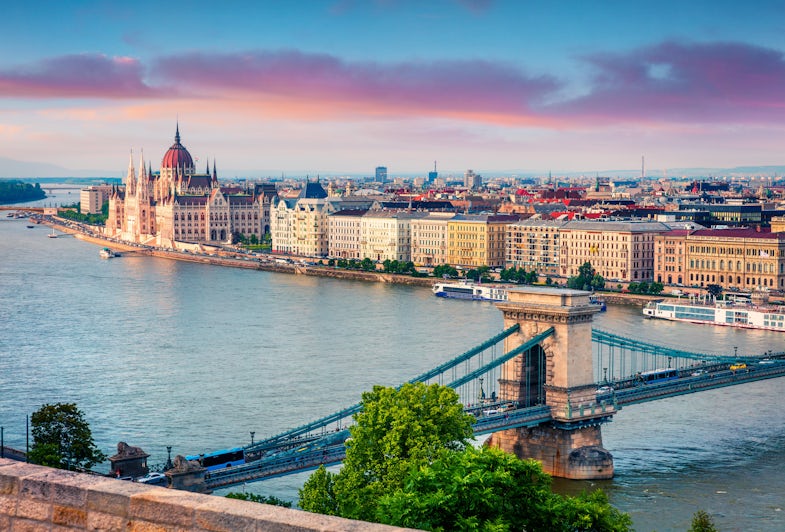
With the exception of particularly scenic stretches of a river -- such as Germany's quaintly castled Rhine Gorge and Austria's UNESCO-listed Wachau Valley -- full sailing days are a rarity. Generally, you're only on the move for a couple of hours a day. The majority of sailing is done during the late night or very early hours, and you'll miss most of it. The exception is Portugal's River Douro, where nighttime navigation is not permitted and ships only sail during daylight hours.
8. More Items are Included in the Fare
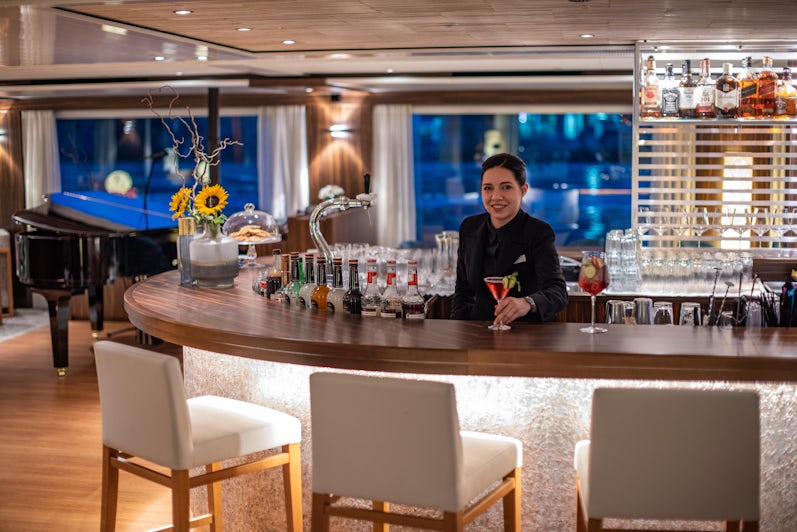
If you've griped about being nickeled and dimed on oceangoing ships, you'll find river cruise fares refreshing ... though often more expensive. Fares will typically include wine, beer and soft drinks with meals, dinner in specialty restaurants, 24-hour tea and coffee, Wi-Fi and the standard tours in each port. Some lines offer all-inclusive fares covering all drinks, tips, transfers and even a hotel night before your cruise. With fewer onboard attractions to part you from your cash, you won't be racking up such an extensive onboard bill (though limited evening entertainment can lead to excessive post-dinner cocktailing and a high bar tab -- but the upside is that no drinks carry an automatically added gratuity. Plus, most river ships allow you to bring wine back onboard that you've bought in local shops and vineyards).
9. You'll Wake up Early
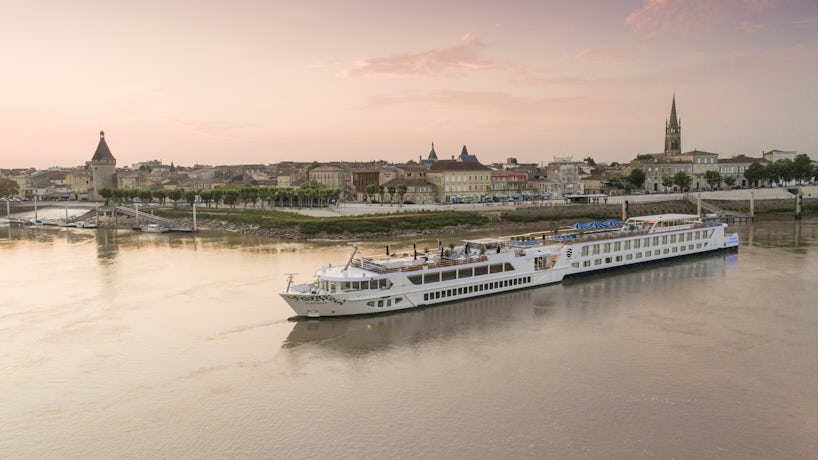
Late-riser breakfast starts around 9:30 a.m. -- and if you're eating then, you've likely missed the day's tour, which can begin as early as 7:30 or 8 a.m. River cruises are not for sleeping in, lounging around and proceeding ashore at a leisurely pace (unless you are planning to do your own thing and skip the morning excursion). However, all is not lost as upscale lines offer a choice of excursions that include one or two in the afternoon or evening.
10. You'll Dock Right in Town
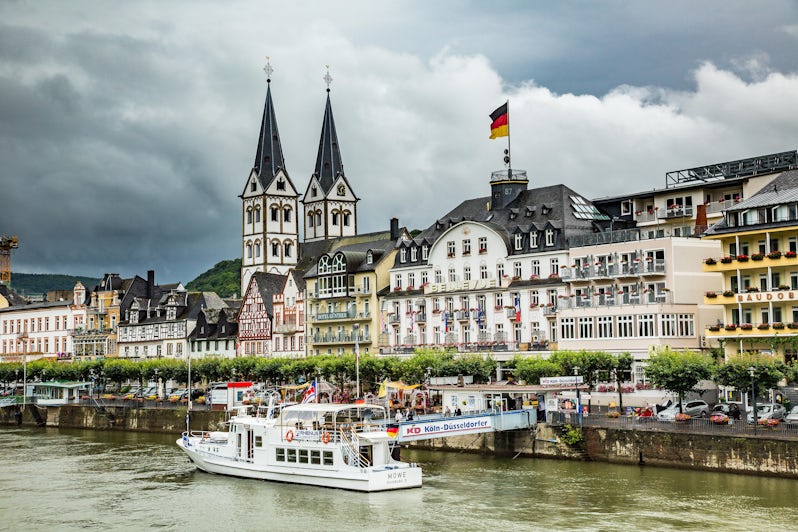
Remember those hideous industrial ports full of tankers and long walks on concrete piers that were a hallmark of your last ocean cruise? In general, you won't find them on the rivers. Instead, your riverboat will dock right in town, often a short walk or quick bus ride into the heart of the city. The only downside is that sometimes the berths are all occupied, and your ship will tie up to another ship, and you'll have to walk through the other vessel's lobby or sun deck to get ashore (this also affects your view; it can be shocking to open your window and see into another ship). It's worth noting that this is one of the aspects that makes river cruising challenging for wheelchair users and travelers with mobility issues.
11. Distances Between Ports are Shorter
A riverboat might need 12 hours to sail a journey that would take you two hours by bus. While this means your entire trip won't cover as much ground as an ocean cruise, it does mean the cruise staff have a fallback plan if things go wrong. High water levels during very wet spells mean ships cannot sail beneath bridges, while very low water levels in dry periods means they can't sail at all. If this happens they'll put you on a bus to your next port -- and keep the itinerary going as planned. Larger lines also have contingency plans to switch passengers to a sister vessel further down the river to keep things running as smoothly as possible.